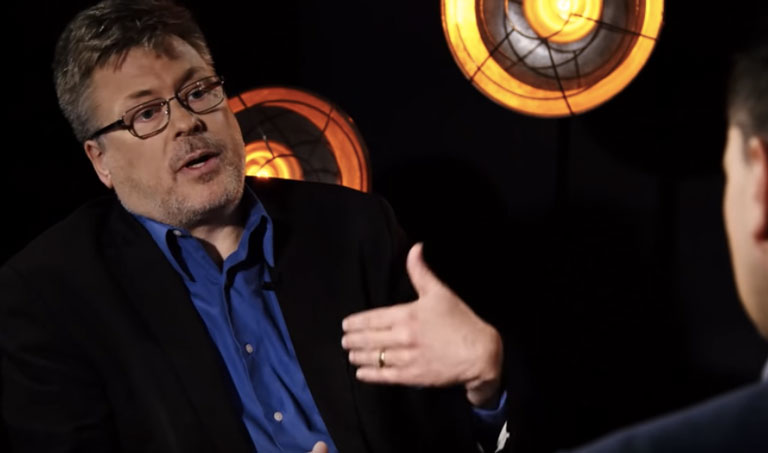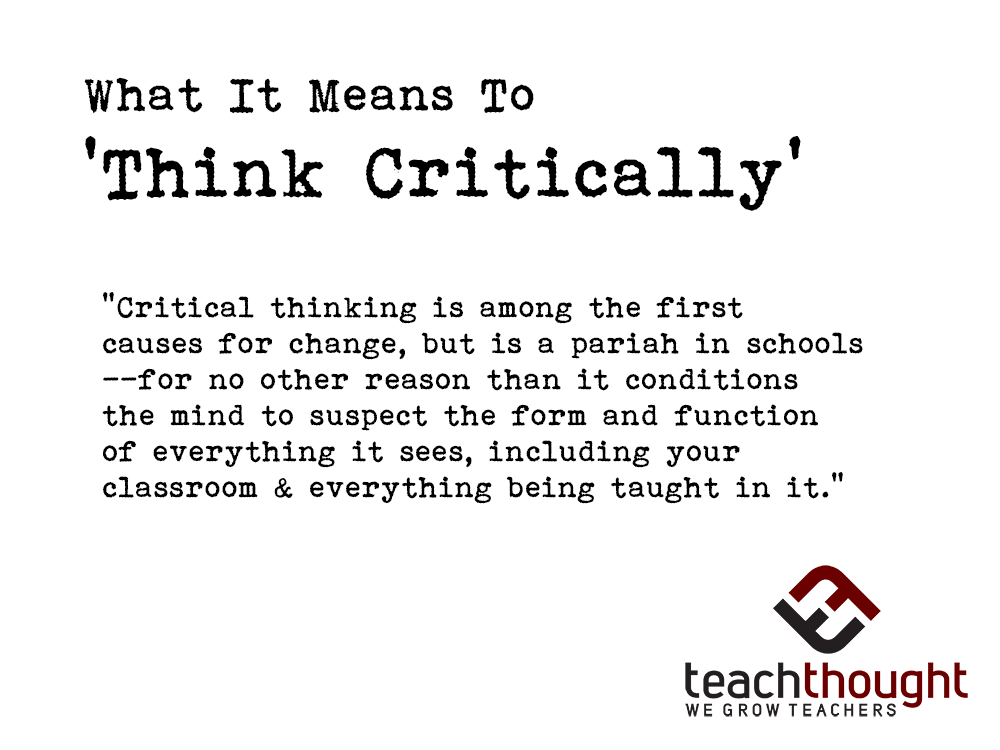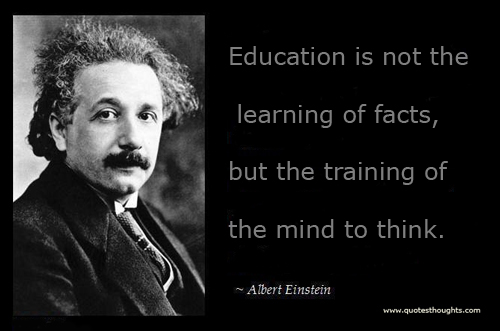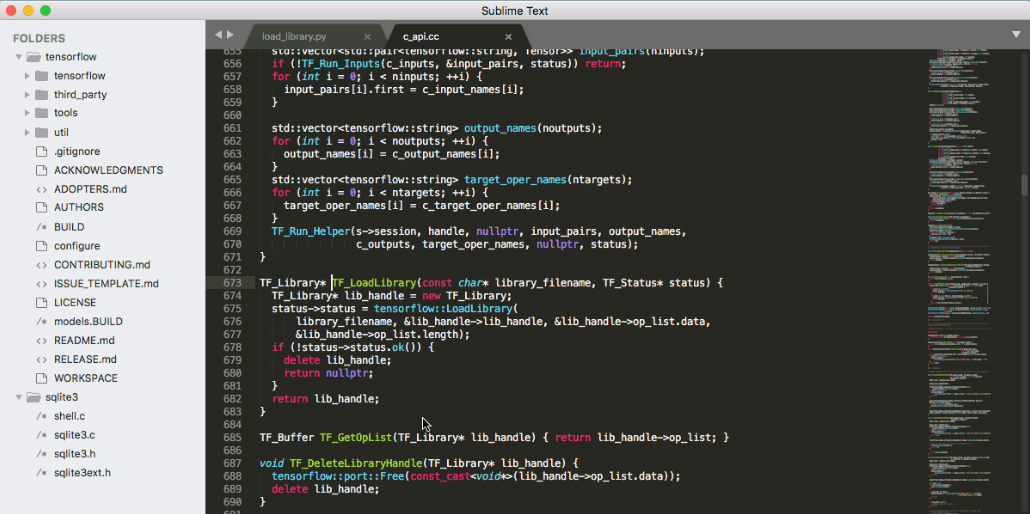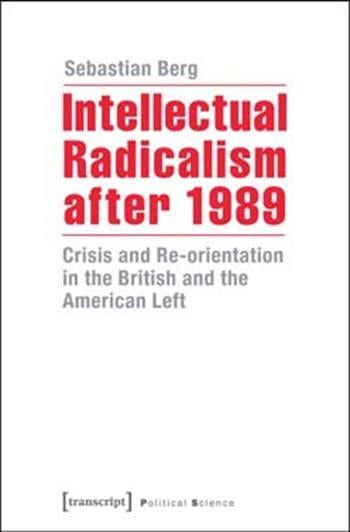by Gus Lubin
Some prominent voices at are fed up with the agency’s activist stance toward climate change.
The following letter asking the agency to move away from climate models and to limit its stance to what can be empirically proven, was sent by 49 former NASA scientists and astronauts.
The letter criticizes the Goddard Institute For Space Studies especially, where director Jim Hansen and climatologist Gavin Schmidt have been outspoken advocates for action.
The press release with attached letter is below.
FOR IMMEDIATE RELEASE
Contact: Blanquita Cullum 703-307-9510 bqview at mac.com
Joint letter to NASA Administrator blasts agency’s policy of ignoring empirical evidence
HOUSTON, TX – April 10, 2012.
49 former NASA scientists and astronauts sent a letter to NASA Administrator Charles Bolden last week admonishing the agency for it’s role in advocating a high degree of certainty that man-made CO2 is a major cause of climate change while neglecting empirical evidence that calls the theory into question.
The group, which includes seven Apollo astronauts and two former directors of NASA’s Johnson Space Center in Houston, are dismayed over the failure of NASA, and specifically the Goddard Institute For Space Studies (GISS), to make an objective assessment of all available scientific data on climate change. They charge that NASA is relying too heavily on complex climate models that have proven scientifically inadequate in predicting climate only one or two decades in advance.
H. Leighton Steward, chairman of the non-profit Plants Need CO2, noted that many of the former NASA scientists harbored doubts about the significance of the C02-climate change theory and have concerns over NASA’s advocacy on the issue. While making presentations in late 2011 to many of the signatories of the letter, Steward realized that the NASA scientists should make their concerns known to NASA and the GISS.
“These American heroes – the astronauts that took to space and the scientists and engineers that put them there – are simply stating their concern over NASA’s extreme advocacy for an unproven theory,” said Leighton Steward. “There’s a concern that if it turns out that CO2 is not a major cause of climate change, NASA will have put the reputation of NASA, NASA’s current and former employees, and even the very reputation of science itself at risk of public ridicule and distrust.”
Select excerpts from the letter:
- “The unbridled advocacy of CO2 being the major cause of climate change is unbecoming of NASA’s history of making an objective assessment of all available scientific data prior to making decisions or public statements.”
- “We believe the claims by NASA and GISS, that man-made carbon dioxide is having a catastrophic impact on global climate change are not substantiated.”
- “We request that NASA refrain from including unproven and unsupported remarks in its future releases and websites on this subject.”
The full text of the letter:
March 28, 2012
The Honorable Charles Bolden, Jr.
NASA Administrator
NASA Headquarters
Washington, D.C. 20546-0001
Dear Charlie,
We, the undersigned, respectfully request that NASA and the Goddard Institute for Space Studies (GISS) refrain from including unproven remarks in public releases and websites. We believe the claims by NASA and GISS, that man-made carbon dioxide is having a catastrophic impact on global climate change are not substantiated, especially when considering thousands of years of empirical data. With hundreds of well-known climate scientists and tens of thousands of other scientists publicly declaring their disbelief in the catastrophic forecasts, coming particularly from the GISS leadership, it is clear that the science is NOT settled.
The unbridled advocacy of CO2 being the major cause of climate change is unbecoming of NASA’s history of making an objective assessment of all available scientific data prior to making decisions or public statements.
As former NASA employees, we feel that NASA’s advocacy of an extreme position, prior to a thorough study of the possible overwhelming impact of natural climate drivers is inappropriate. We request that NASA refrain from including unproven and unsupported remarks in its future releases and websites on this subject. At risk is damage to the exemplary reputation of NASA, NASA’s current or former scientists and employees, and even the reputation of science itself.
For additional information regarding the science behind our concern, we recommend that you contact Harrison Schmitt or Walter Cunningham, or others they can recommend to you.
Thank you for considering this request.
Sincerely,
(Attached signatures)
CC: Mr. John Grunsfeld, Associate Administrator for Science
CC: Ass Mr. Chris Scolese, Director, Goddard Space Flight Center
Ref: Letter to NASA Administrator Charles Bolden, dated 3-26-12, regarding a request for NASA to refrain from making unsubstantiated claims that human produced CO2 is having a catastrophic impact on climate change.
/s/ Jack Barneburg, Jack – JSC, Space Shuttle Structures, Engineering Directorate, 34 years
/s/ Larry Bell – JSC, Mgr. Crew Systems Div., Engineering Directorate, 32 years
/s/ Dr. Donald Bogard – JSC, Principal Investigator, Science Directorate, 41 years
/s/ Jerry C. Bostick – JSC, Principal Investigator, Science Directorate, 23 years
/s/ Dr. Phillip K. Chapman – JSC, Scientist – astronaut, 5 years
/s/ Michael F. Collins, JSC, Chief, Flight Design and Dynamics Division, MOD, 41 years
/s/ Dr. Kenneth Cox – JSC, Chief Flight Dynamics Div., Engr. Directorate, 40 years
/s/ Walter Cunningham – JSC, Astronaut, Apollo 7, 8 years
/s/ Dr. Donald M. Curry – JSC, Mgr. Shuttle Leading Edge, Thermal Protection Sys., Engr. Dir., 44 years
/s/ Leroy Day – Hdq. Deputy Director, Space Shuttle Program, 19 years
/s/ Dr. Henry P. Decell, Jr. – JSC, Chief, Theory & Analysis Office, 5 years
/s/Charles F. Deiterich – JSC, Mgr., Flight Operations Integration, MOD, 30 years
/s/ Dr. Harold Doiron – JSC, Chairman, Shuttle Pogo Prevention Panel, 16 years
/s/ Charles Duke – JSC, Astronaut, Apollo 16, 10 years
/s/ Anita Gale
/s/ Grace Germany – JSC, Program Analyst, 35 years
/s/ Ed Gibson – JSC, Astronaut Skylab 4, 14 years
/s/ Richard Gordon – JSC, Astronaut, Gemini Xi, Apollo 12, 9 years
/s/ Gerald C. Griffin – JSC, Apollo Flight Director, and Director of Johnson Space Center, 22 years
/s/ Thomas M. Grubbs – JSC, Chief, Aircraft Maintenance and Engineering Branch, 31 years
/s/ Thomas J. Harmon
/s/ David W. Heath – JSC, Reentry Specialist, MOD, 30 years
/s/ Miguel A. Hernandez, Jr. – JSC, Flight crew training and operations, 3 years
/s/ James R. Roundtree – JSC Branch Chief, 26 years
/s/ Enoch Jones – JSC, Mgr. SE&I, Shuttle Program Office, 26 years
/s/ Dr. Joseph Kerwin – JSC, Astronaut, Skylab 2, Director of Space and Life Sciences, 22 years
/s/ Jack Knight – JSC, Chief, Advanced Operations and Development Division, MOD, 40 years
/s/ Dr. Christopher C. Kraft – JSC, Apollo Flight Director and Director of Johnson Space Center, 24 years
/s/ Paul C. Kramer – JSC, Ass.t for Planning Aeroscience and Flight Mechanics Div., Egr. Dir., 34 years
/s/ Alex (Skip) Larsen
/s/ Dr. Lubert Leger – JSC, Ass’t. Chief Materials Division, Engr. Directorate, 30 years
/s/ Dr. Humbolt C. Mandell – JSC, Mgr. Shuttle Program Control and Advance Programs, 40 years
/s/ Donald K. McCutchen – JSC, Project Engineer – Space Shuttle and ISS Program Offices, 33 years
/s/ Thomas L. (Tom) Moser – Hdq. Dep. Assoc. Admin. & Director, Space Station Program, 28 years
/s/ Dr. George Mueller – Hdq., Assoc. Adm., Office of Space Flight, 6 years
/s/ Tom Ohesorge
/s/ James Peacock – JSC, Apollo and Shuttle Program Office, 21 years
/s/ Richard McFarland – JSC, Mgr. Motion Simulators, 28 years
/s/ Joseph E. Rogers – JSC, Chief, Structures and Dynamics Branch, Engr. Directorate,40 years
/s/ Bernard J. Rosenbaum – JSC, Chief Engineer, Propulsion and Power Division, Engr. Dir., 48 years
/s/ Dr. Harrison (Jack) Schmitt – JSC, Astronaut Apollo 17, 10 years
/s/ Gerard C. Shows – JSC, Asst. Manager, Quality Assurance, 30 years
/s/ Kenneth Suit – JSC, Ass’t Mgr., Systems Integration, Space Shuttle, 37 years
/s/ Robert F. Thompson – JSC, Program Manager, Space Shuttle, 44 years/s/ Frank Van Renesselaer – Hdq., Mgr. Shuttle Solid Rocket Boosters, 15 years
/s/ Dr. James Visentine – JSC Materials Branch, Engineering Directorate, 30 years
/s/ Manfred (Dutch) von Ehrenfried – JSC, Flight Controller; Mercury, Gemini & Apollo, MOD, 10 years
/s/ George Weisskopf – JSC, Avionics Systems Division, Engineering Dir., 40 years
/s/ Al Worden – JSC, Astronaut, Apollo 15, 9 years
/s/ Thomas (Tom) Wysmuller – JSC, Meteorologist, 5 years
Do you find these posts helpful and informative? Please CLICK HERE to help keep us going!




